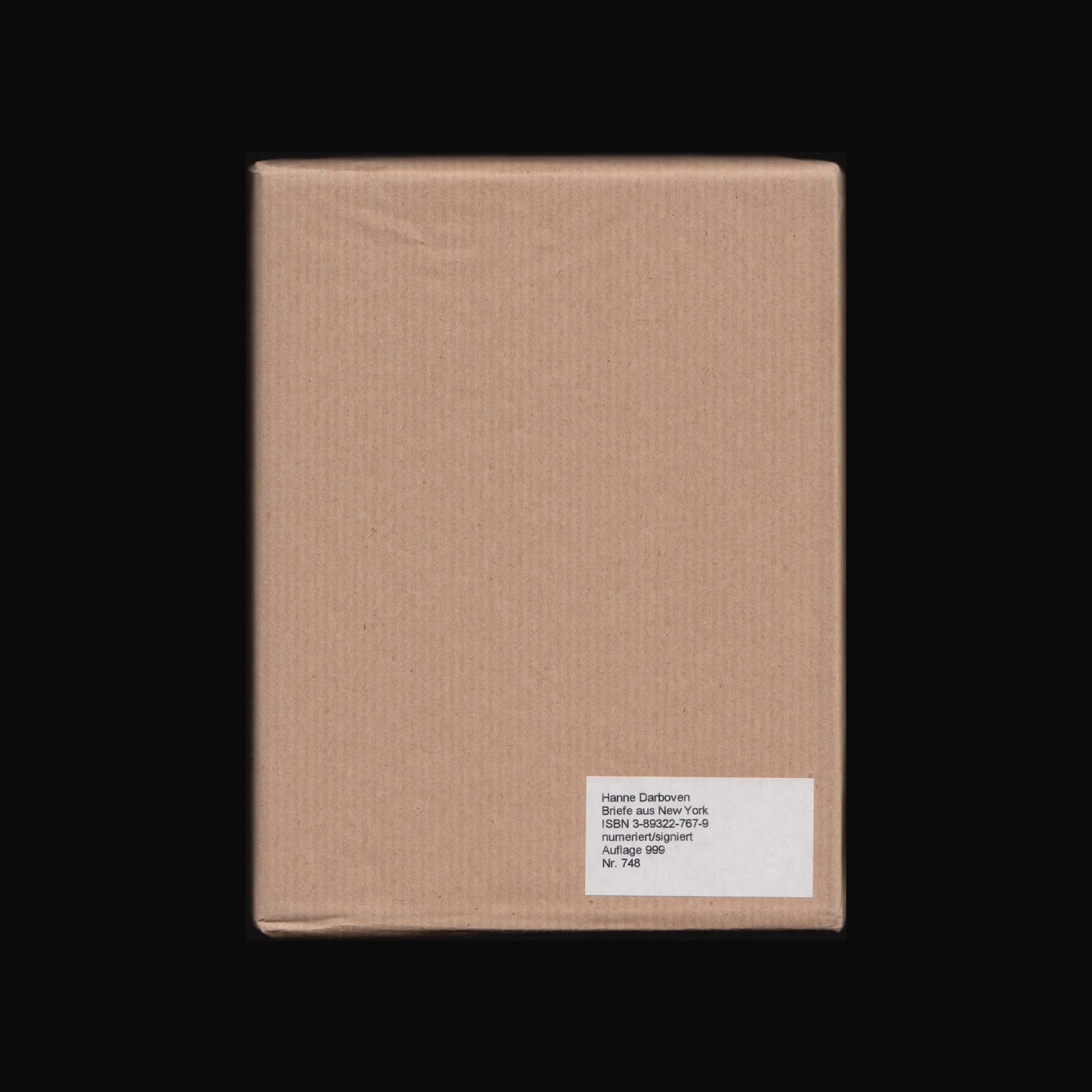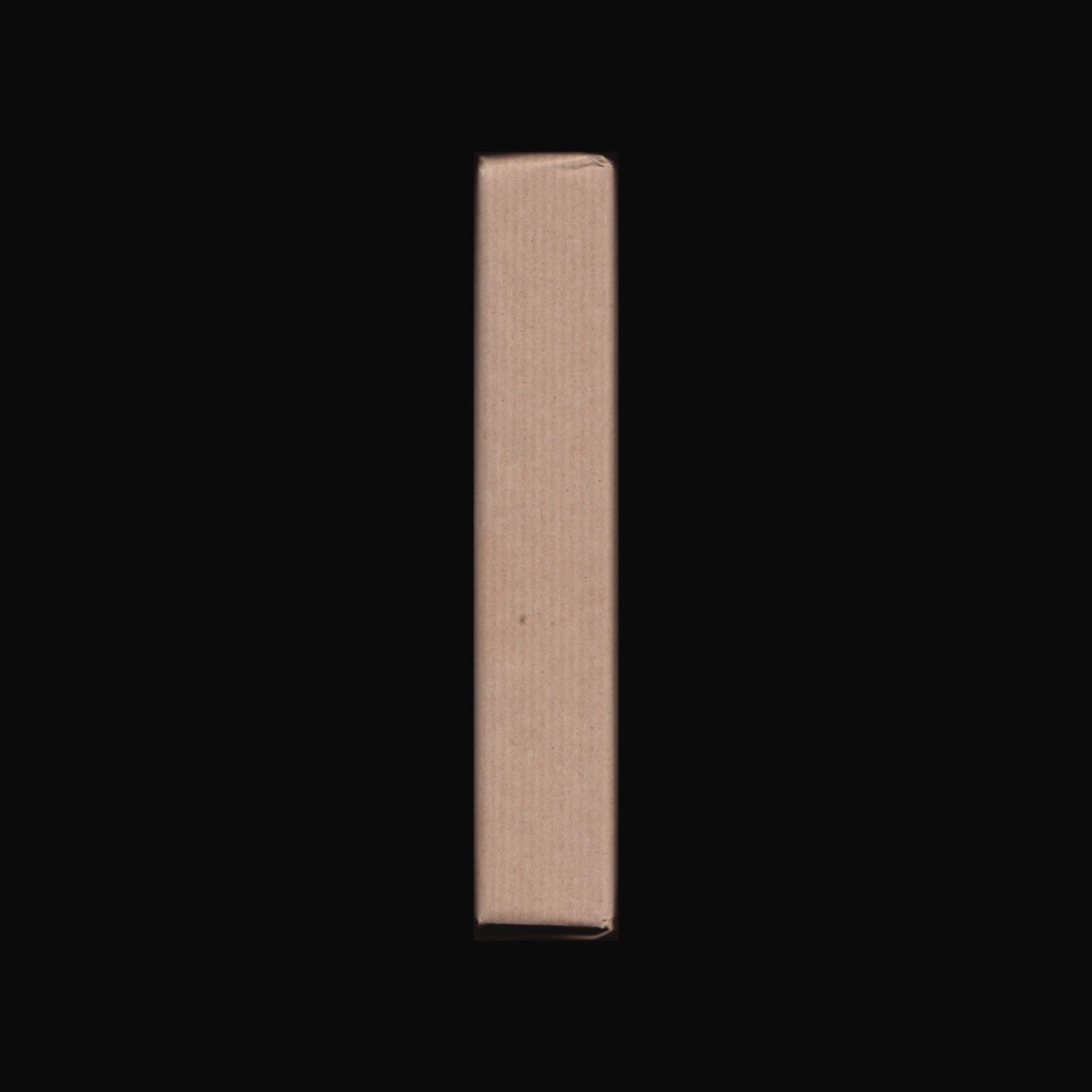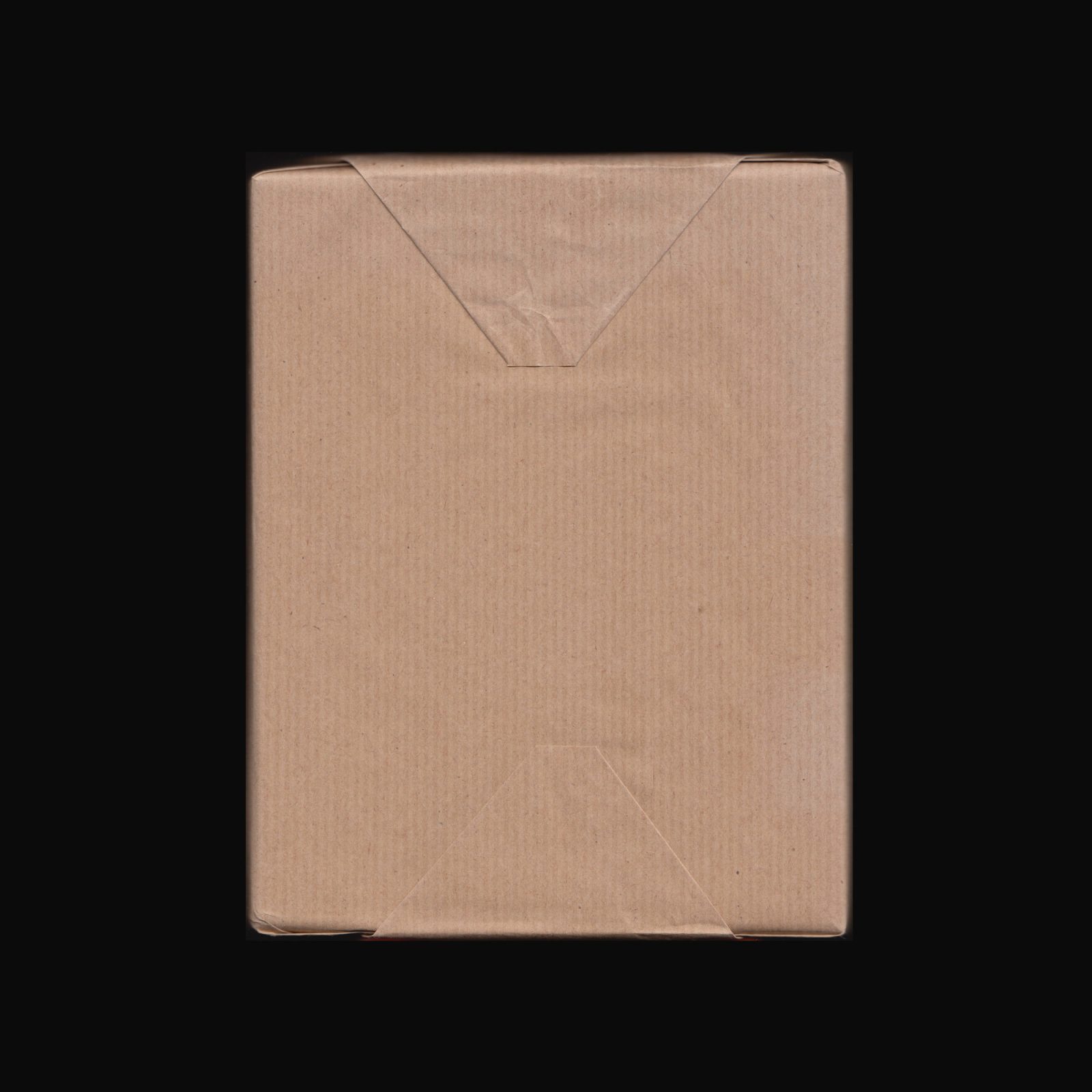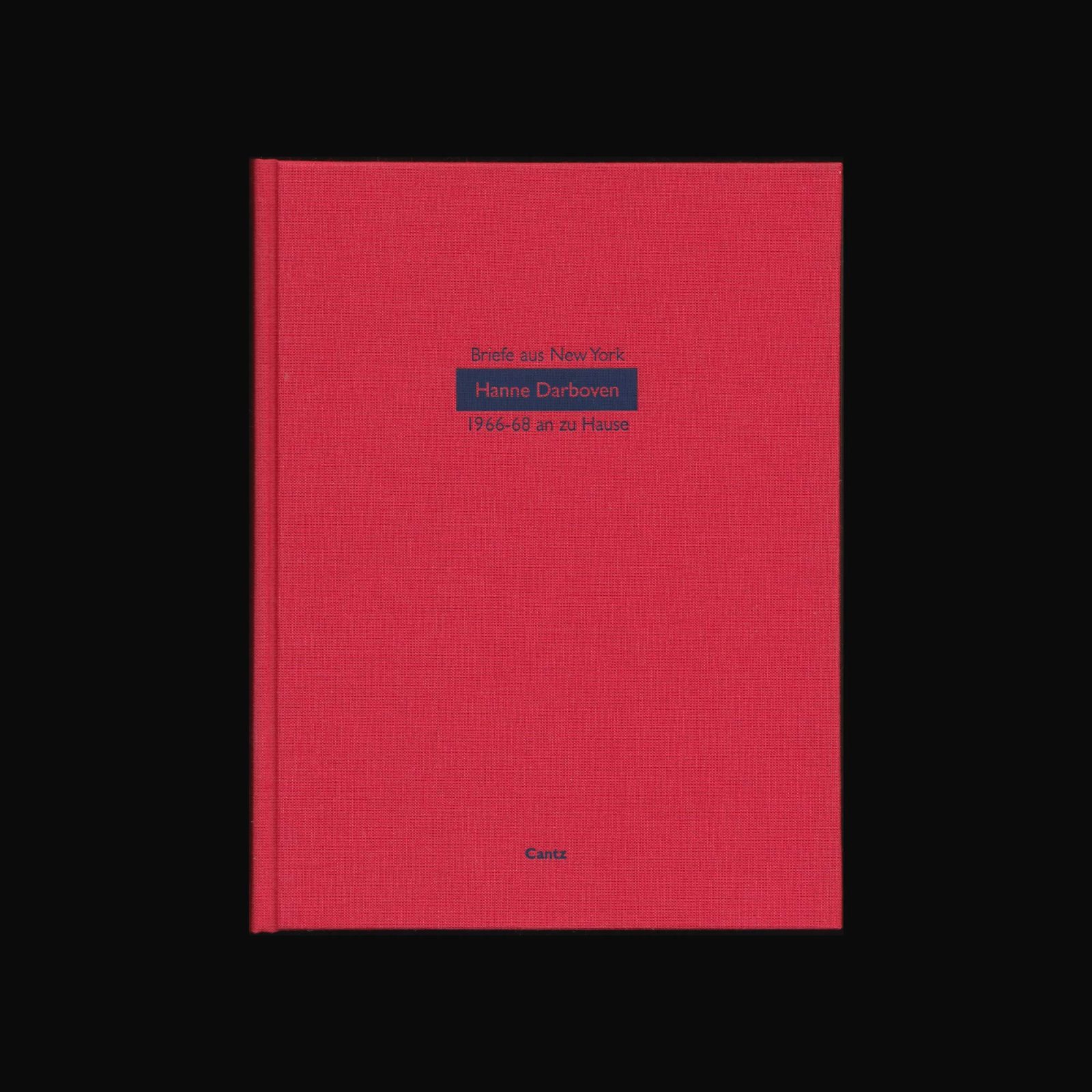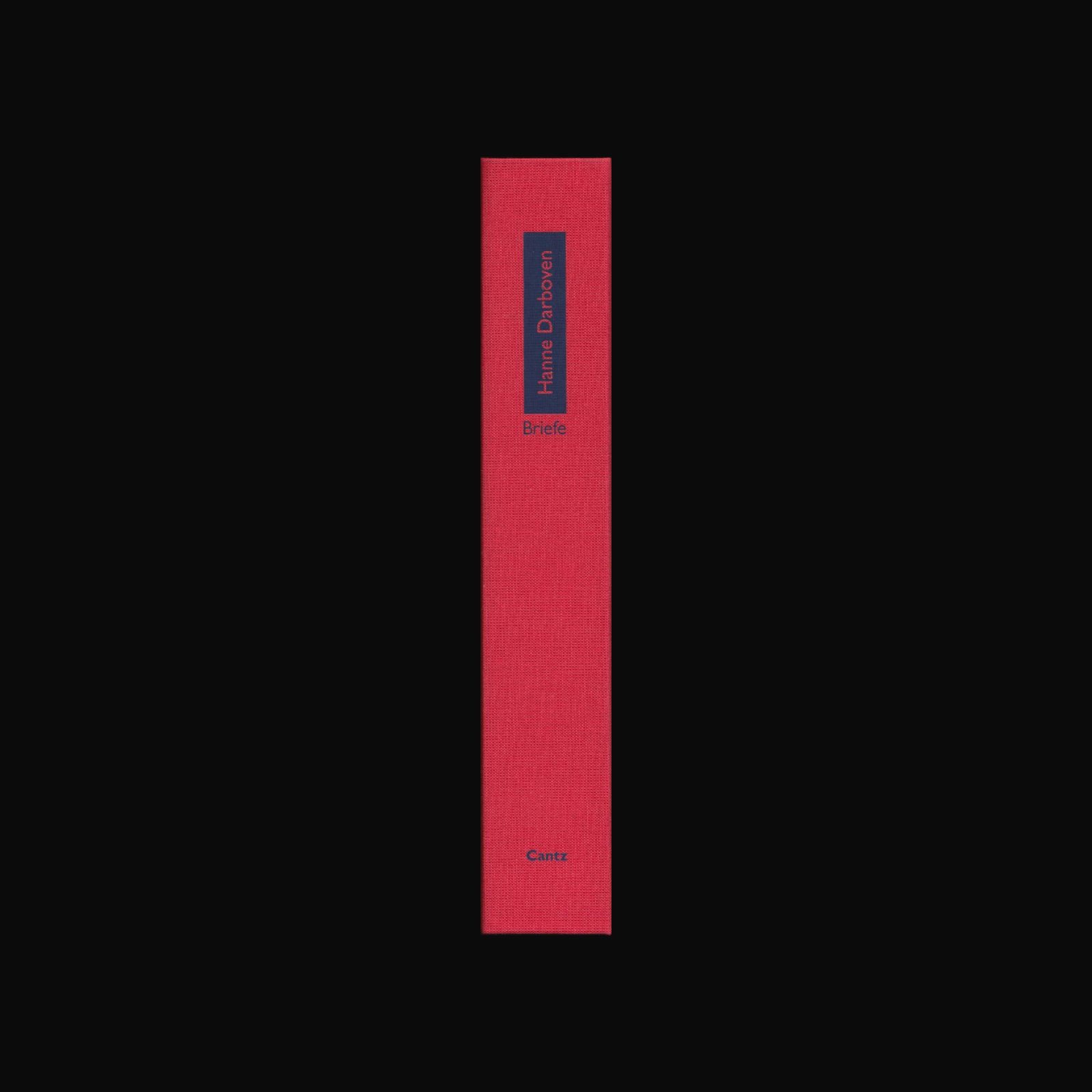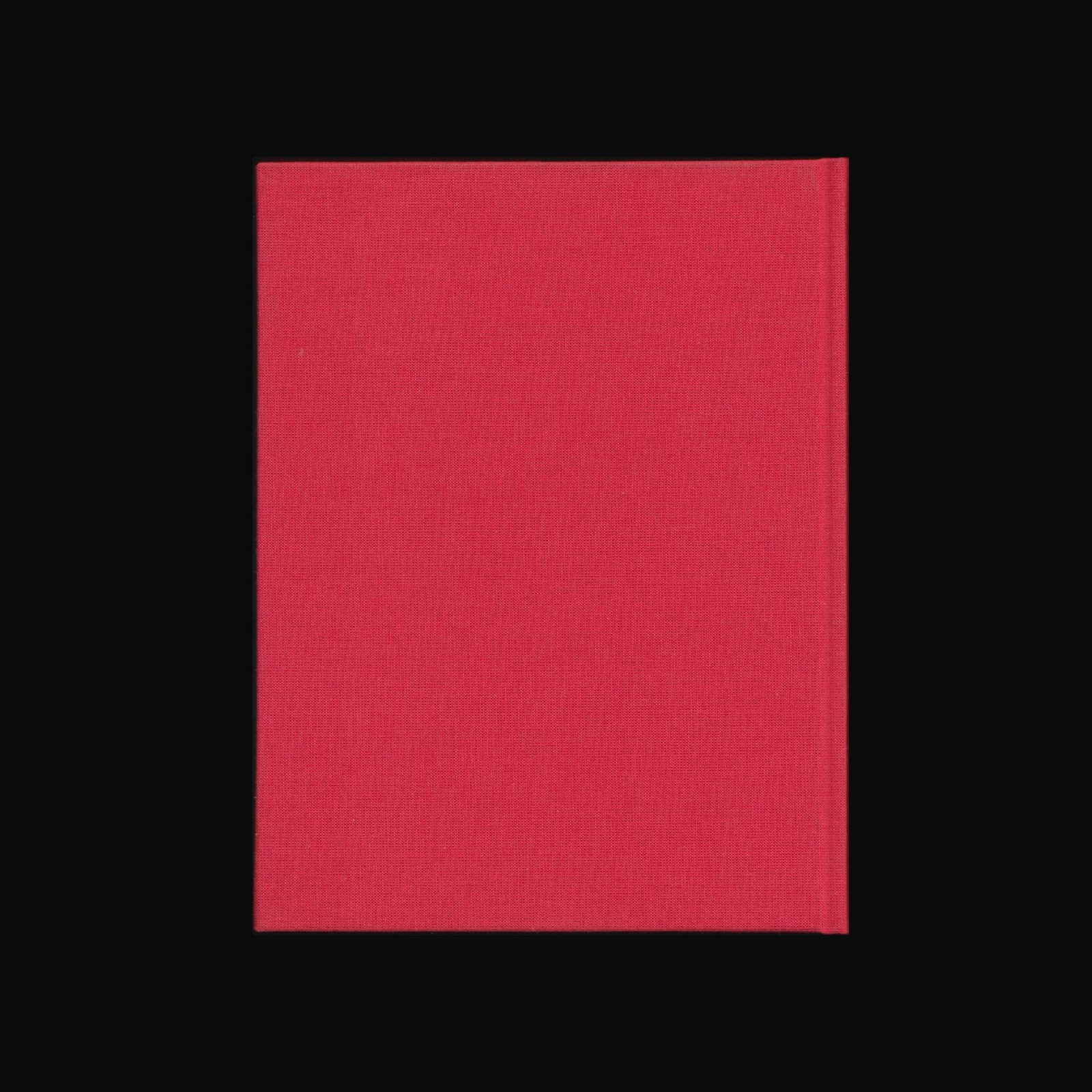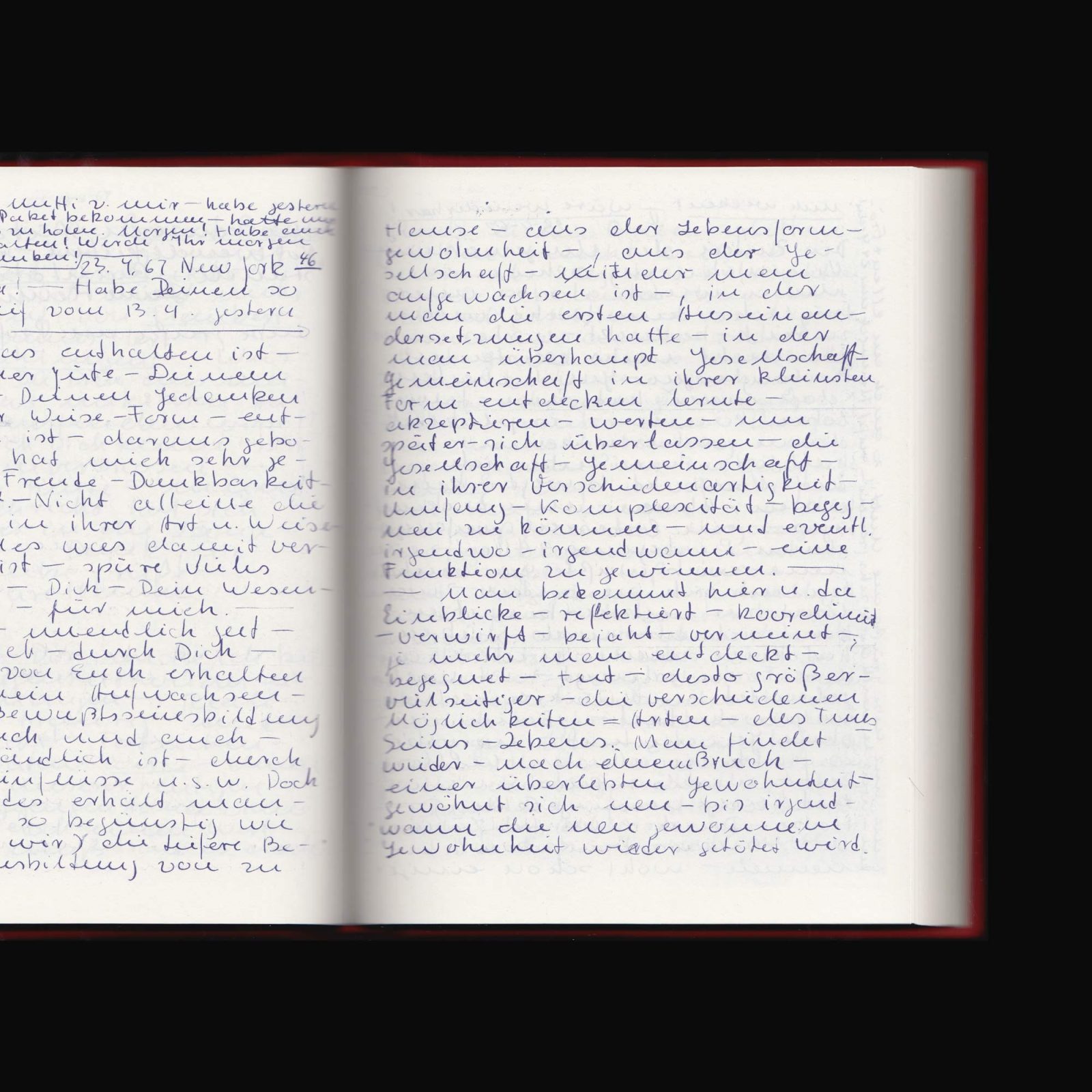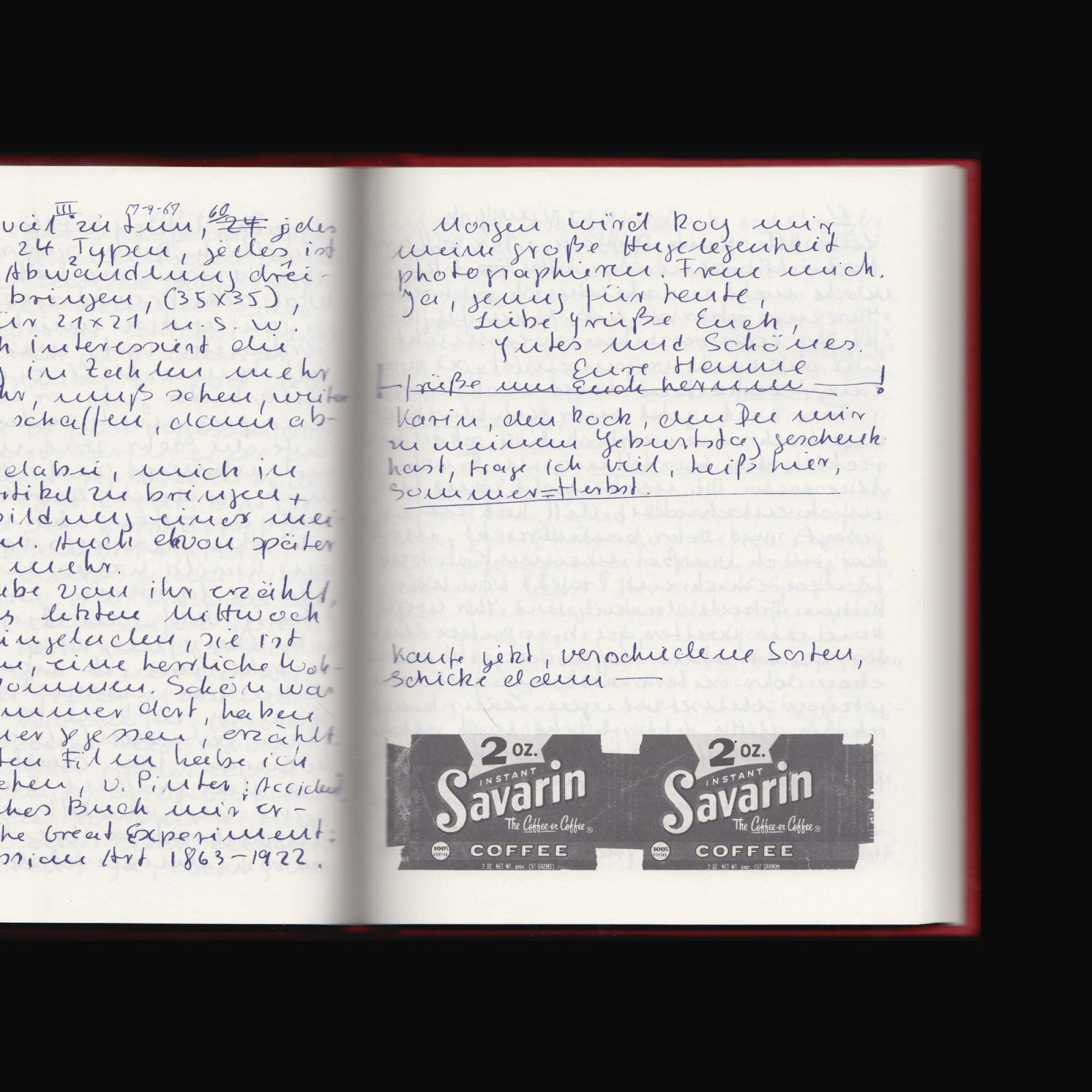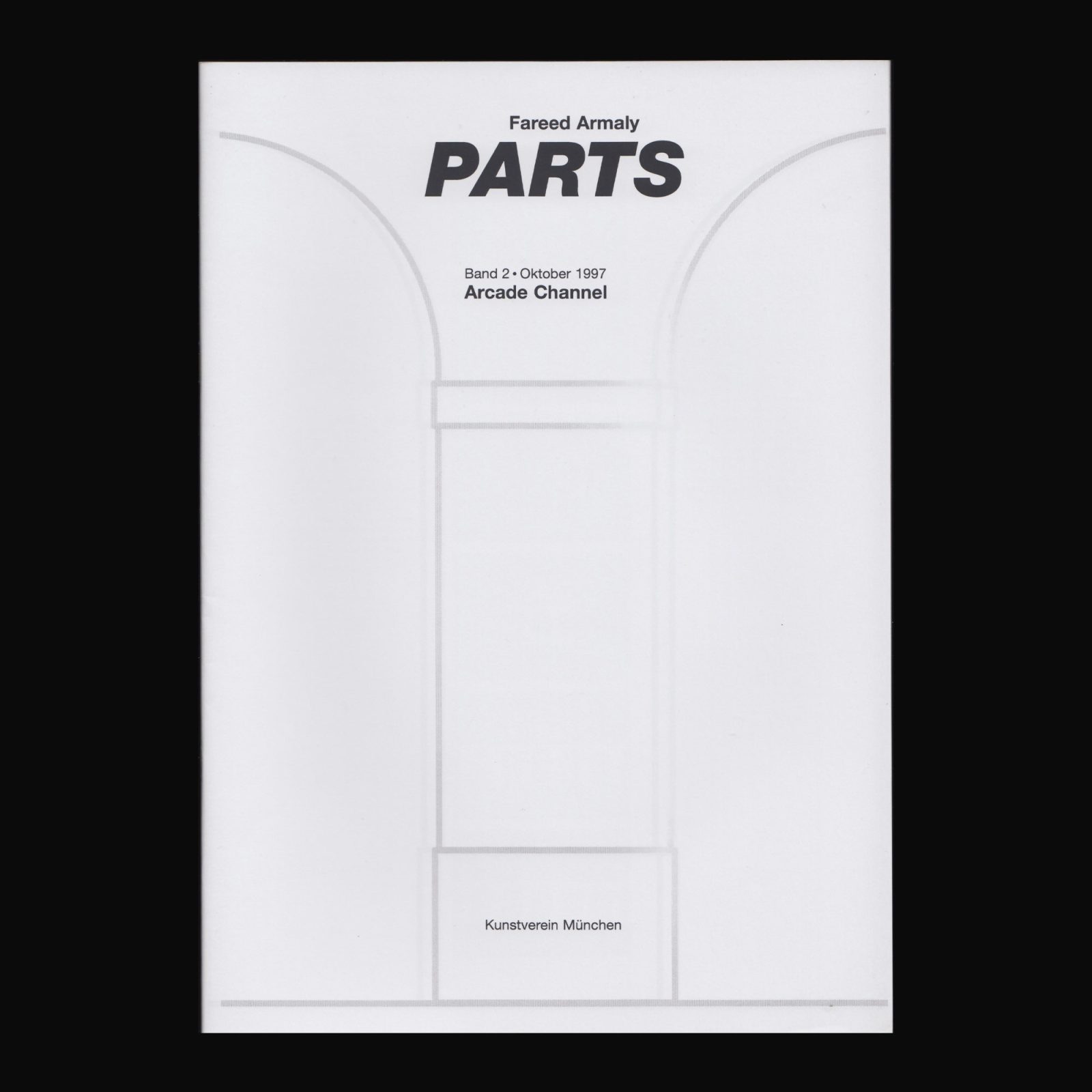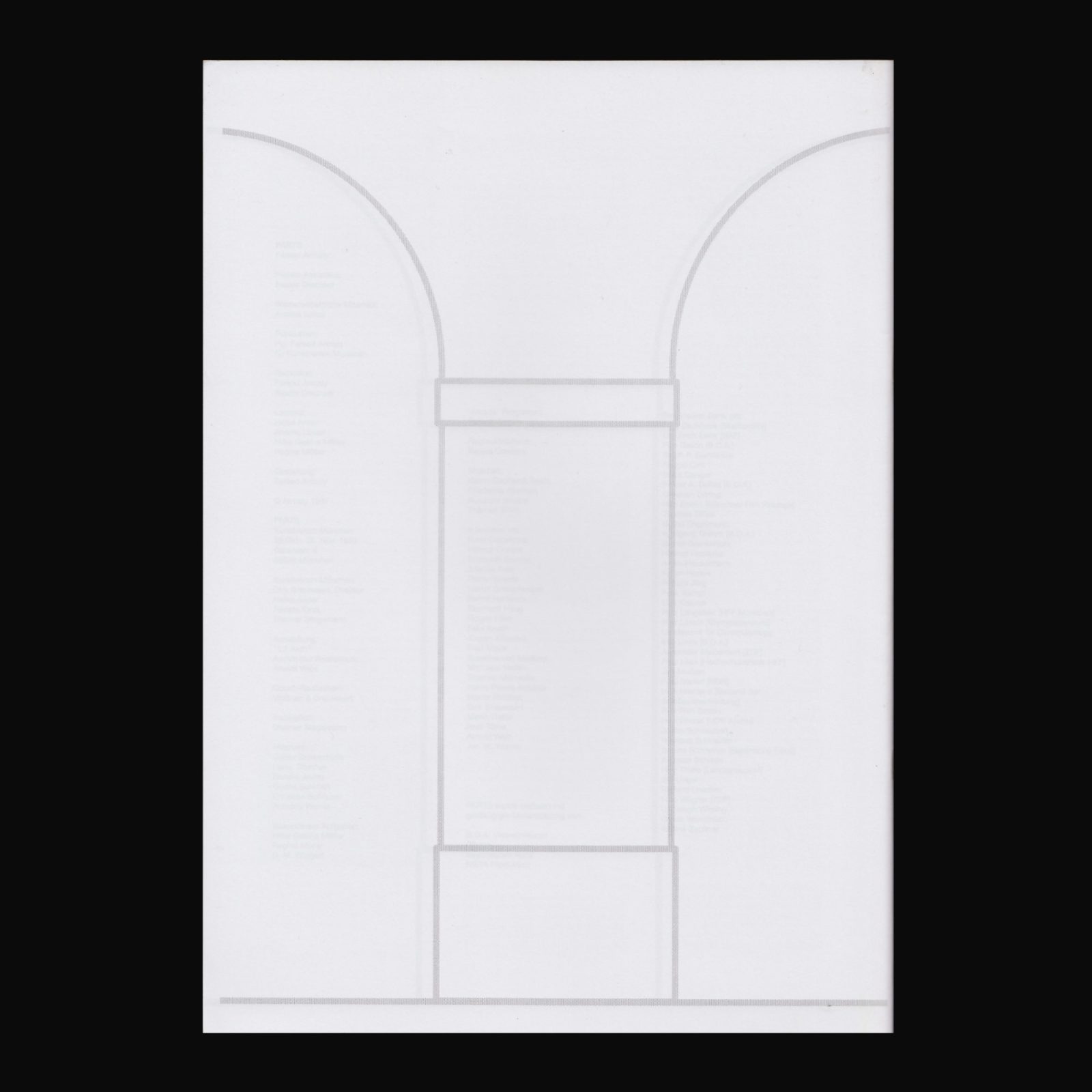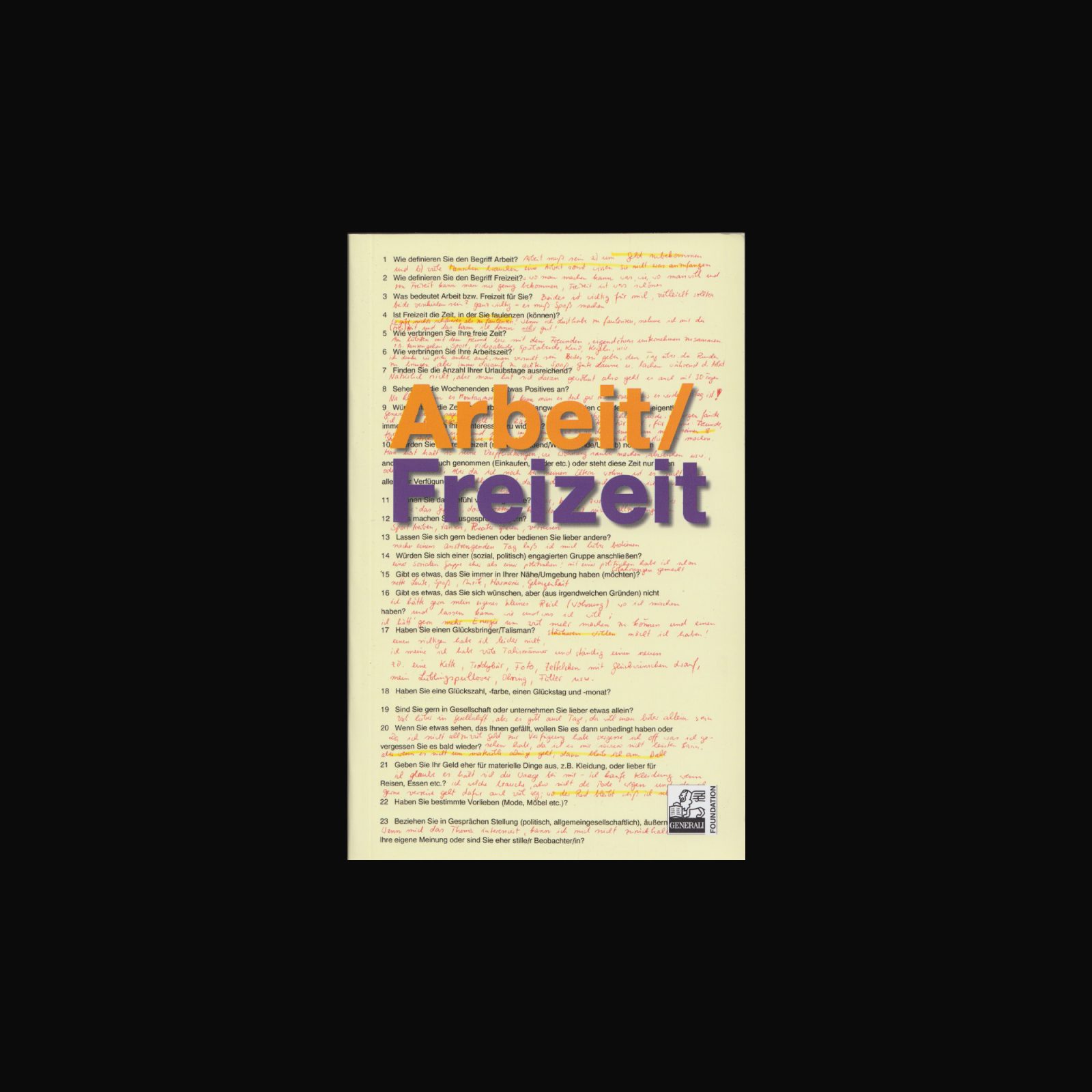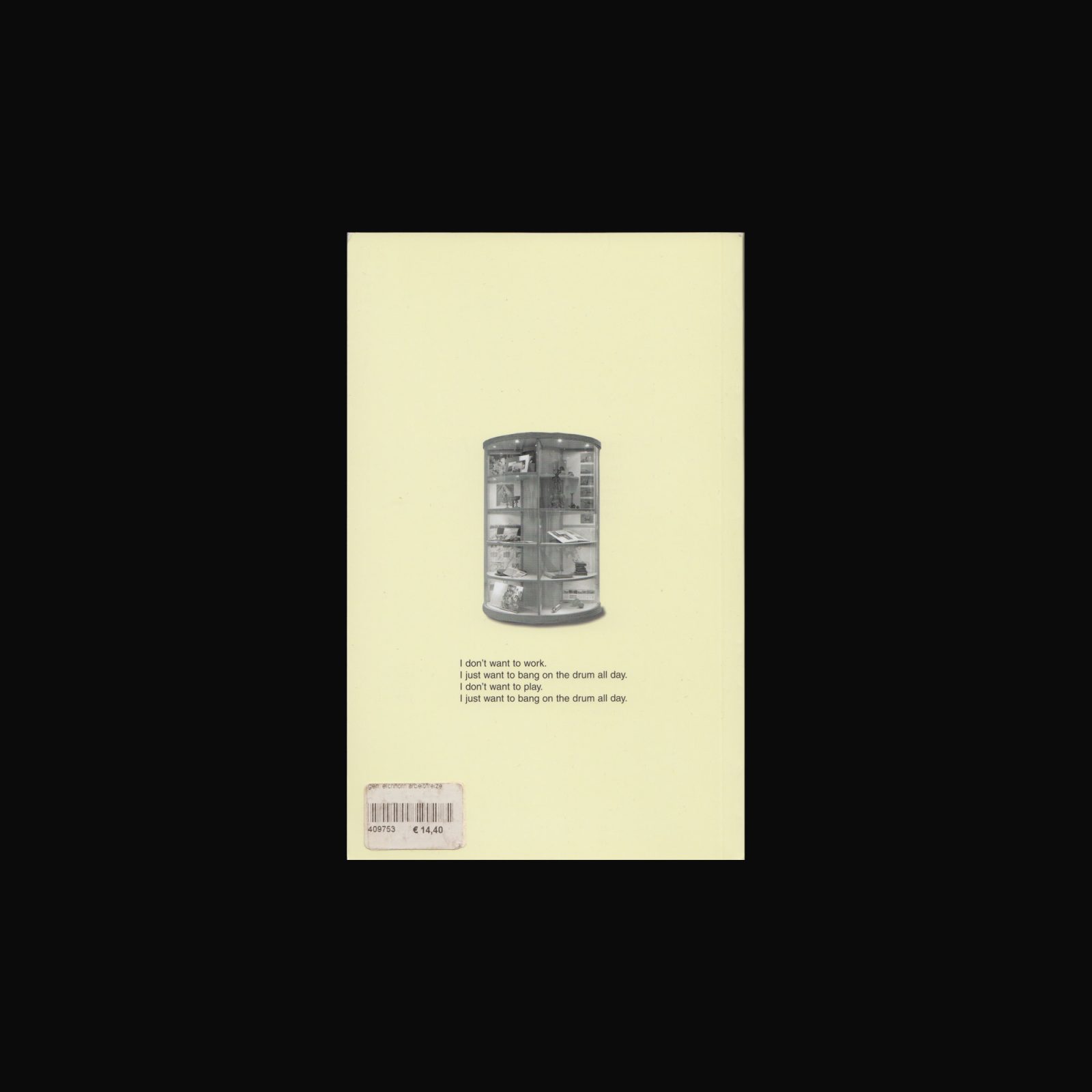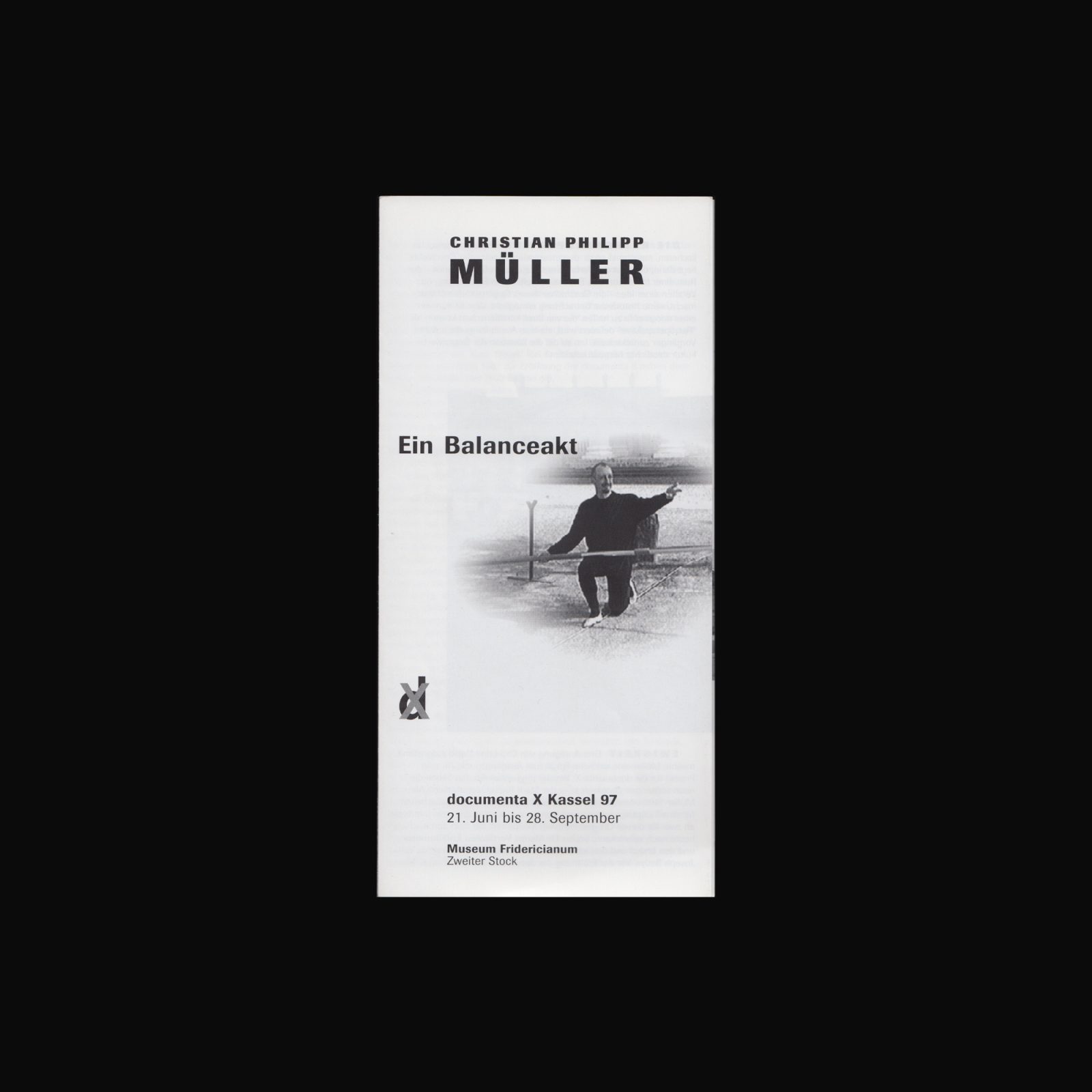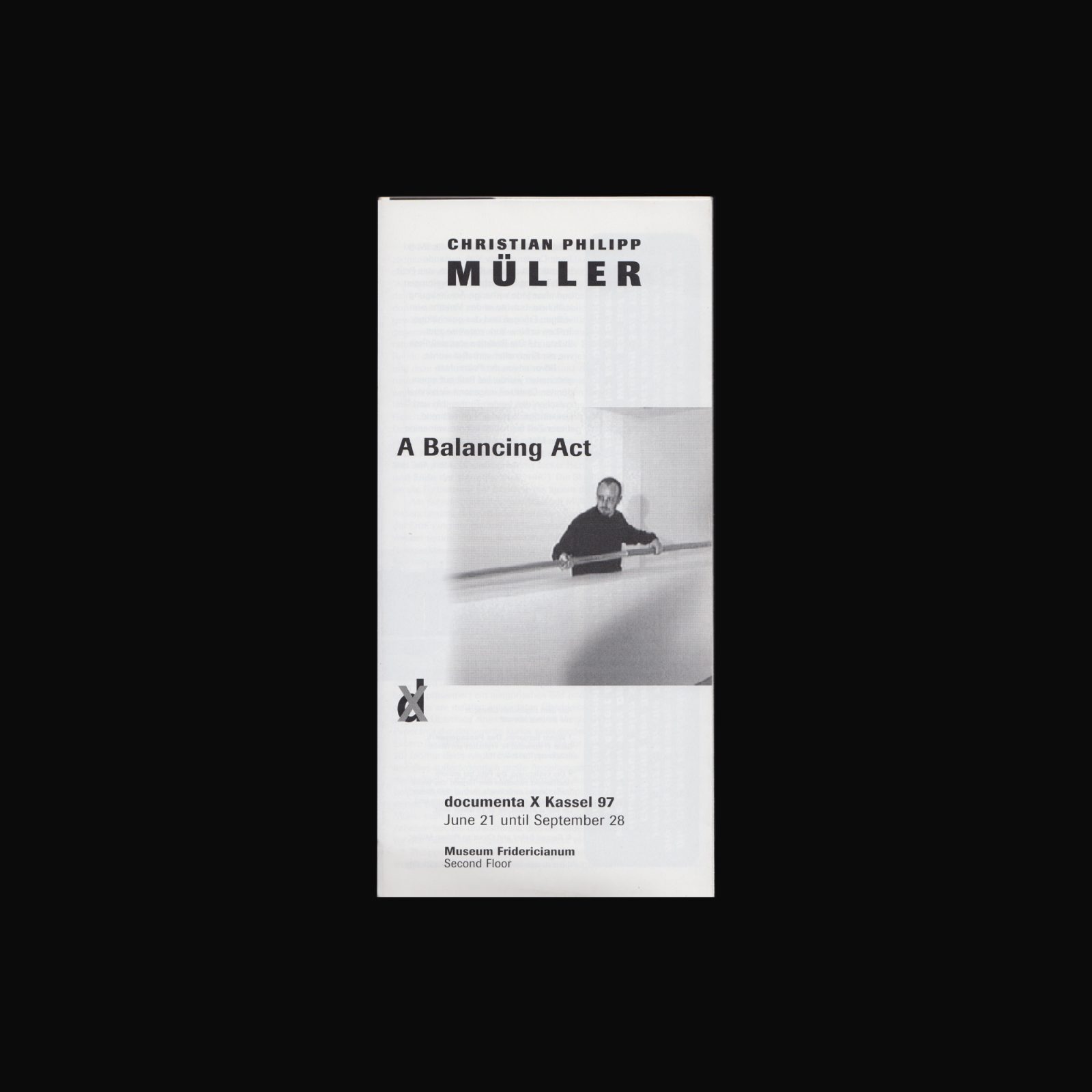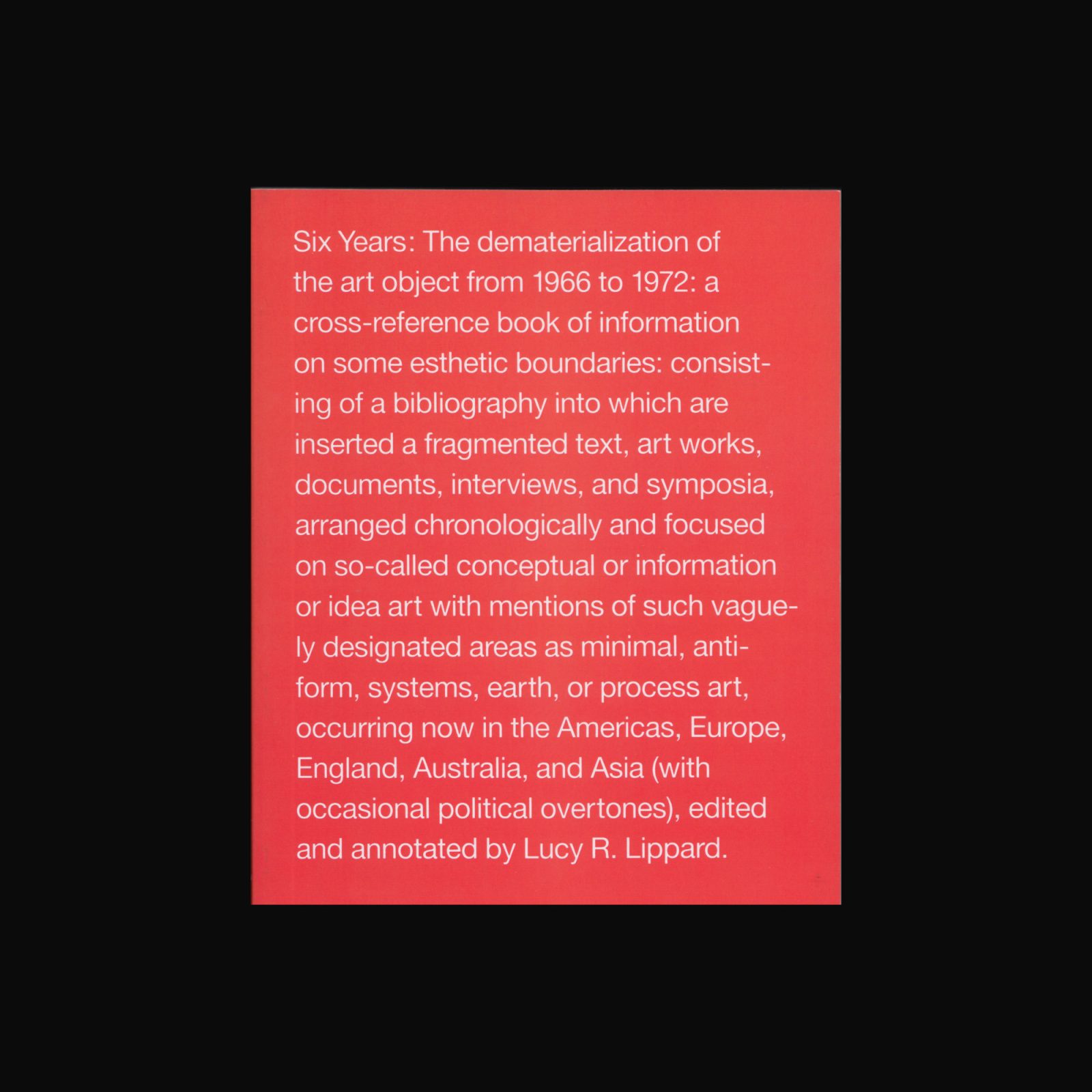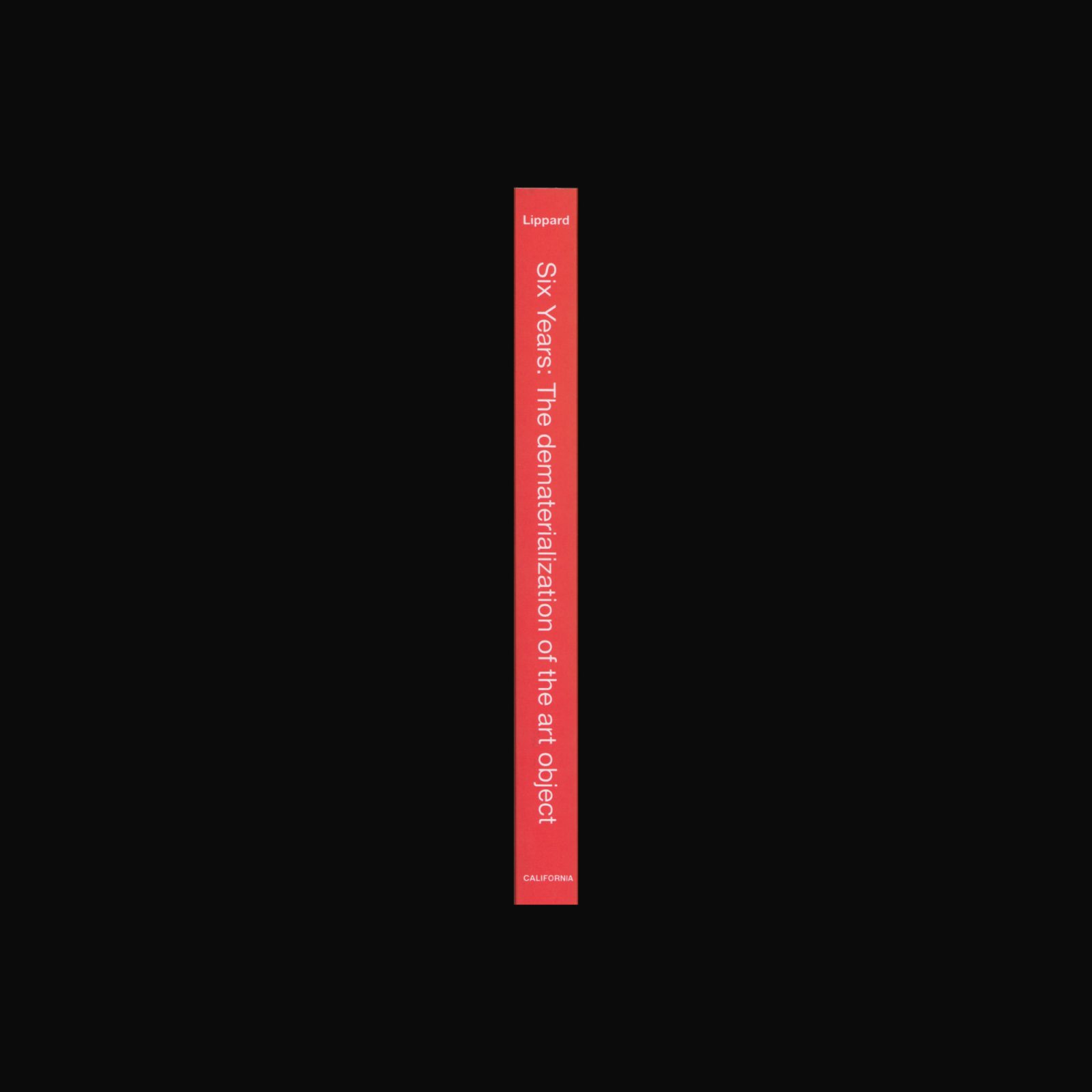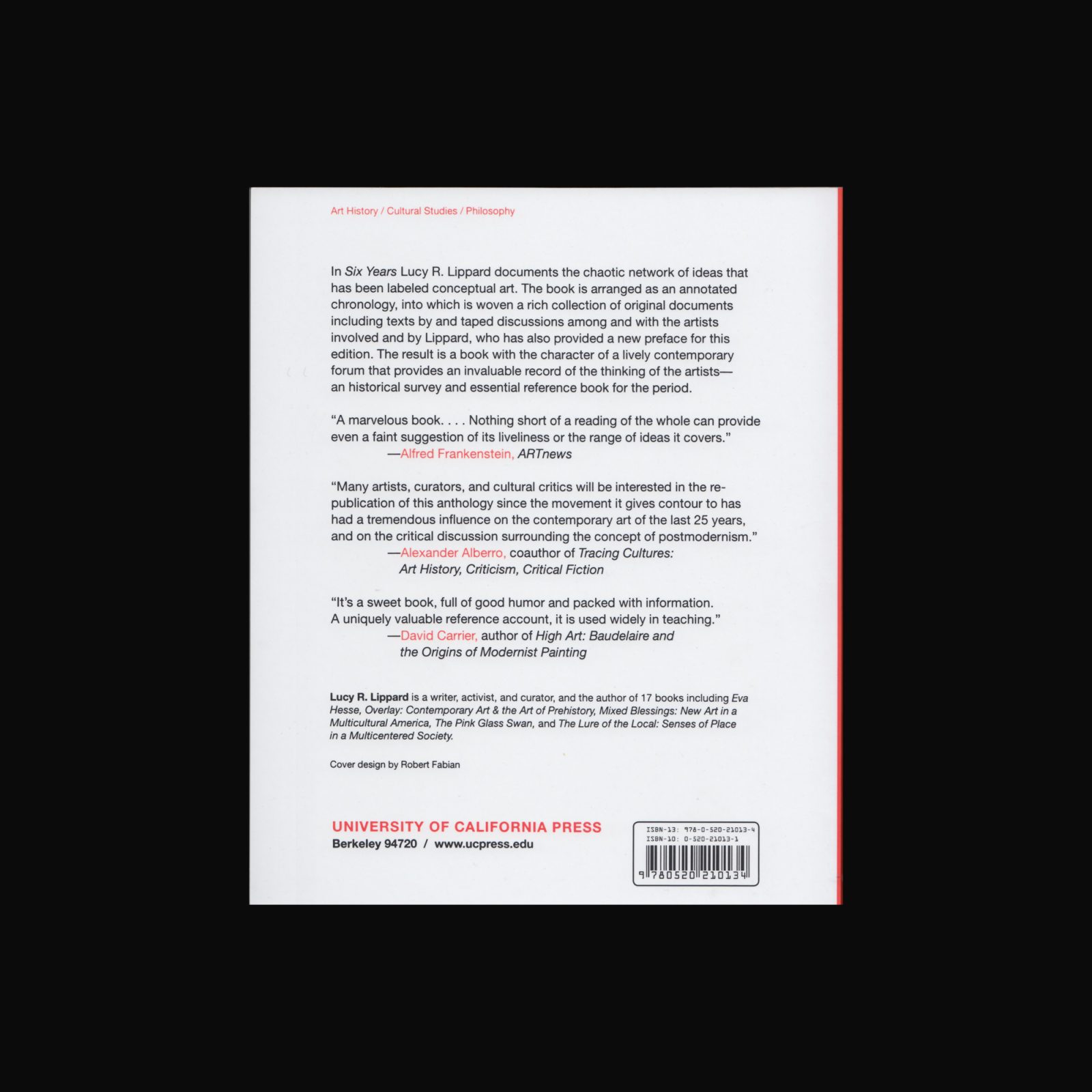Soon after completing her studies in Hamburg and embarking upon a two-year sojourn in New York, Darboven created “sketch sheets” on graph paper – early drafts of what would later form a system she would “write herself into” over the course of the ensuing years. In the letters written to her family during this time she goes yet a step farther. More firmly anchored in her own private sphere, they serve as a “lifeline” in her quest for objectivity in her existence through the medium of words and messages: encounters, questions regarding her own identity, her art and her efforts to come to terms with the self reflected in it. These letters from New York, which form both the core and the point of departure for important aspects of Hanne Darboven’s oeuvre, are reproduced in facsimile and in their entirety in this publication.
Numbered and signed with the artist’s initials.
